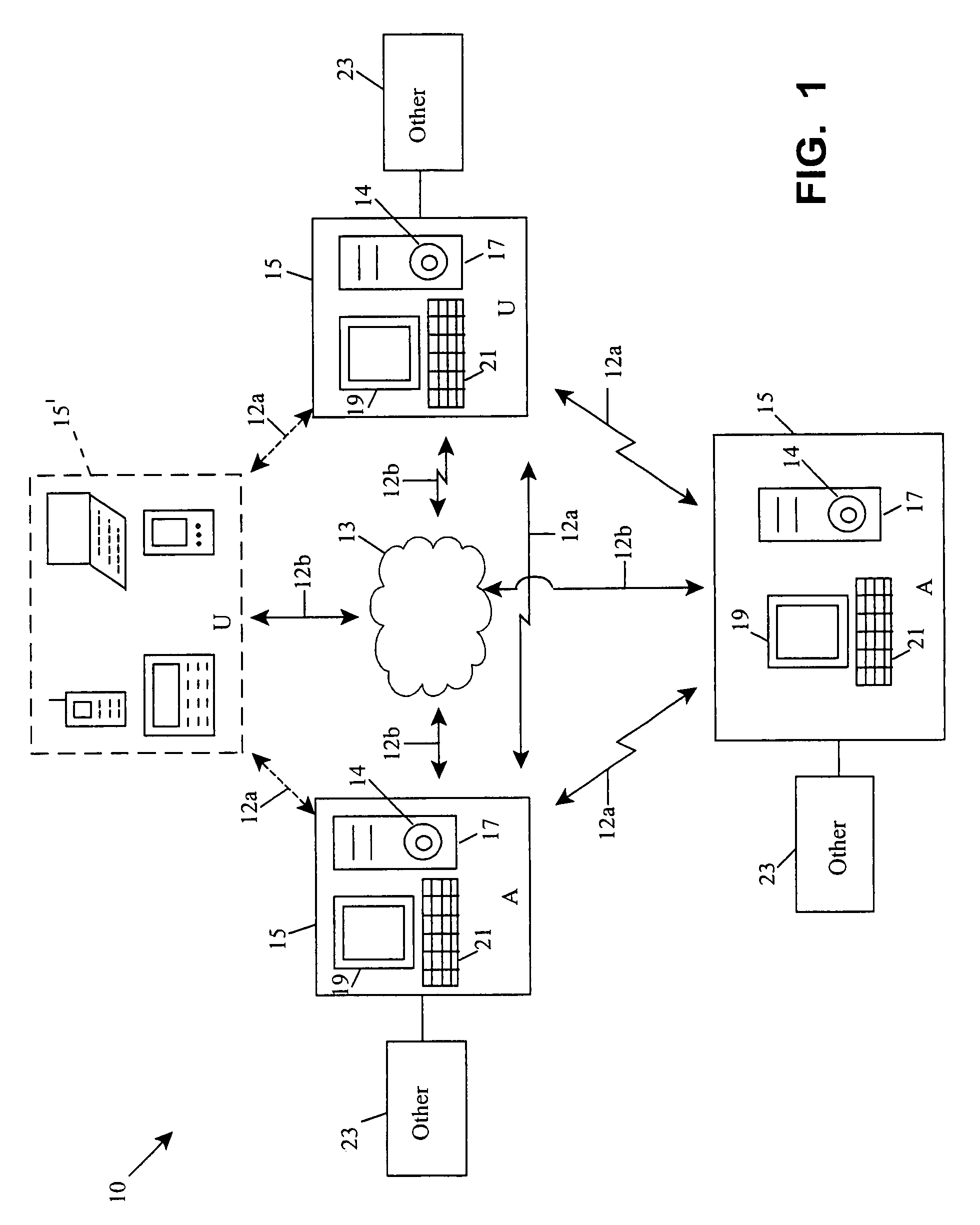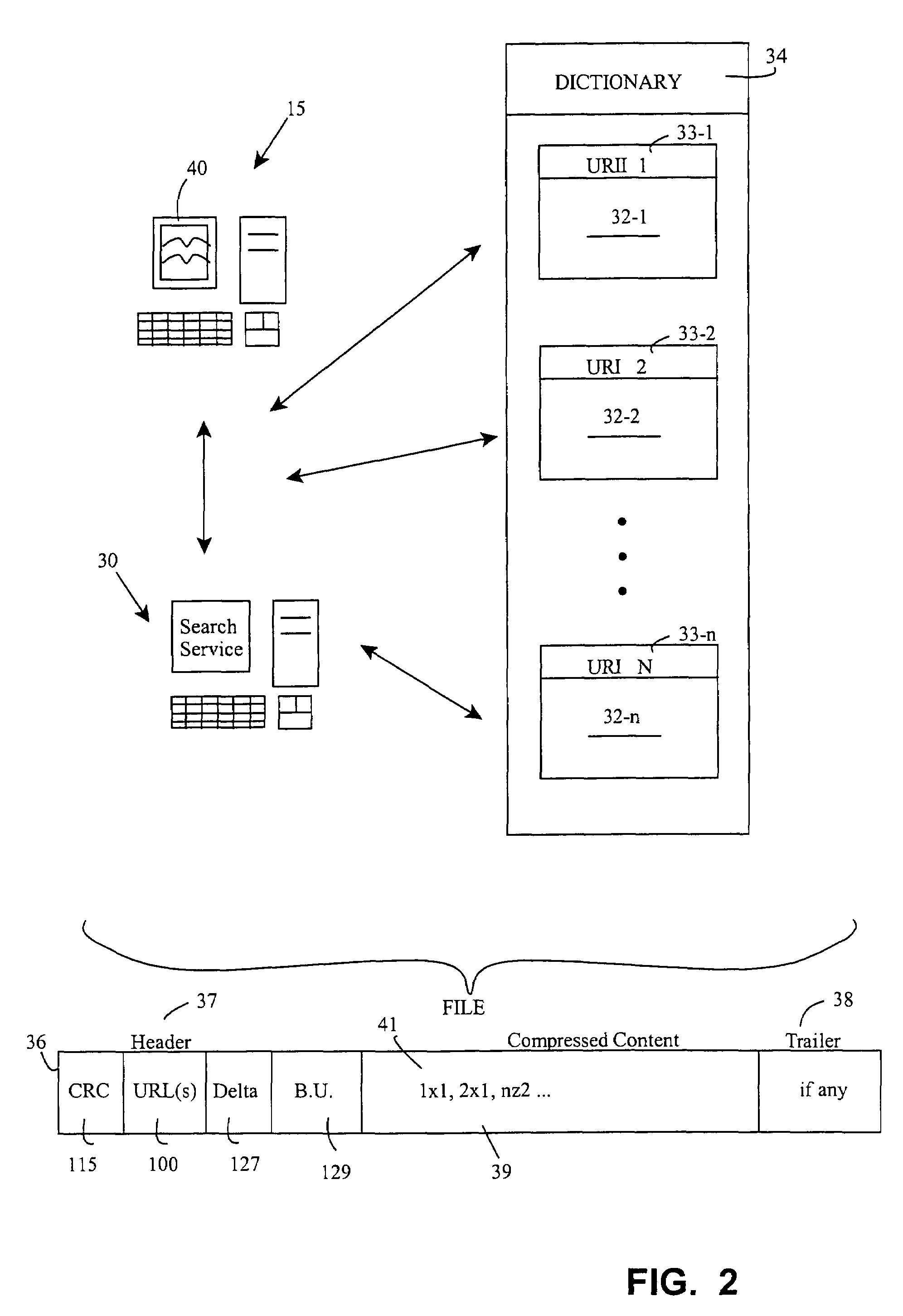Network content in dictionary-based (DE)compression
a network content and dictionary technology, applied in the field of computing environments, can solve the problems of much higher compression ratios than could be achieved otherwise, and achieve the effect of reducing data storage requirements and greater compression efficiency
- Summary
- Abstract
- Description
- Claims
- Application Information
AI Technical Summary
Benefits of technology
Problems solved by technology
Method used
Image
Examples
Embodiment Construction
[0024]In the following detailed description of the illustrated embodiments, reference is made to the accompanying drawings that form a part hereof, and in which is shown by way of illustration, specific embodiments in which the invention may be practiced. These embodiments are described in sufficient detail to enable those skilled in the art to practice the invention and like numerals represent like details in the various figures. Also, it is to be understood that other embodiments may be utilized and that process, mechanical, electrical, arrangement, software and / or other changes may be made without departing from the scope of the present invention. In accordance with the present invention, methods and apparatus relating to network content in dictionary-based compression and decompression are hereinafter described.
[0025]With reference to FIG. 1, a representative computing environment 10 for dictionary-based compression or decompression using network content occurs by way of one or ...
PUM
 Login to view more
Login to view more Abstract
Description
Claims
Application Information
 Login to view more
Login to view more - R&D Engineer
- R&D Manager
- IP Professional
- Industry Leading Data Capabilities
- Powerful AI technology
- Patent DNA Extraction
Browse by: Latest US Patents, China's latest patents, Technical Efficacy Thesaurus, Application Domain, Technology Topic.
© 2024 PatSnap. All rights reserved.Legal|Privacy policy|Modern Slavery Act Transparency Statement|Sitemap



